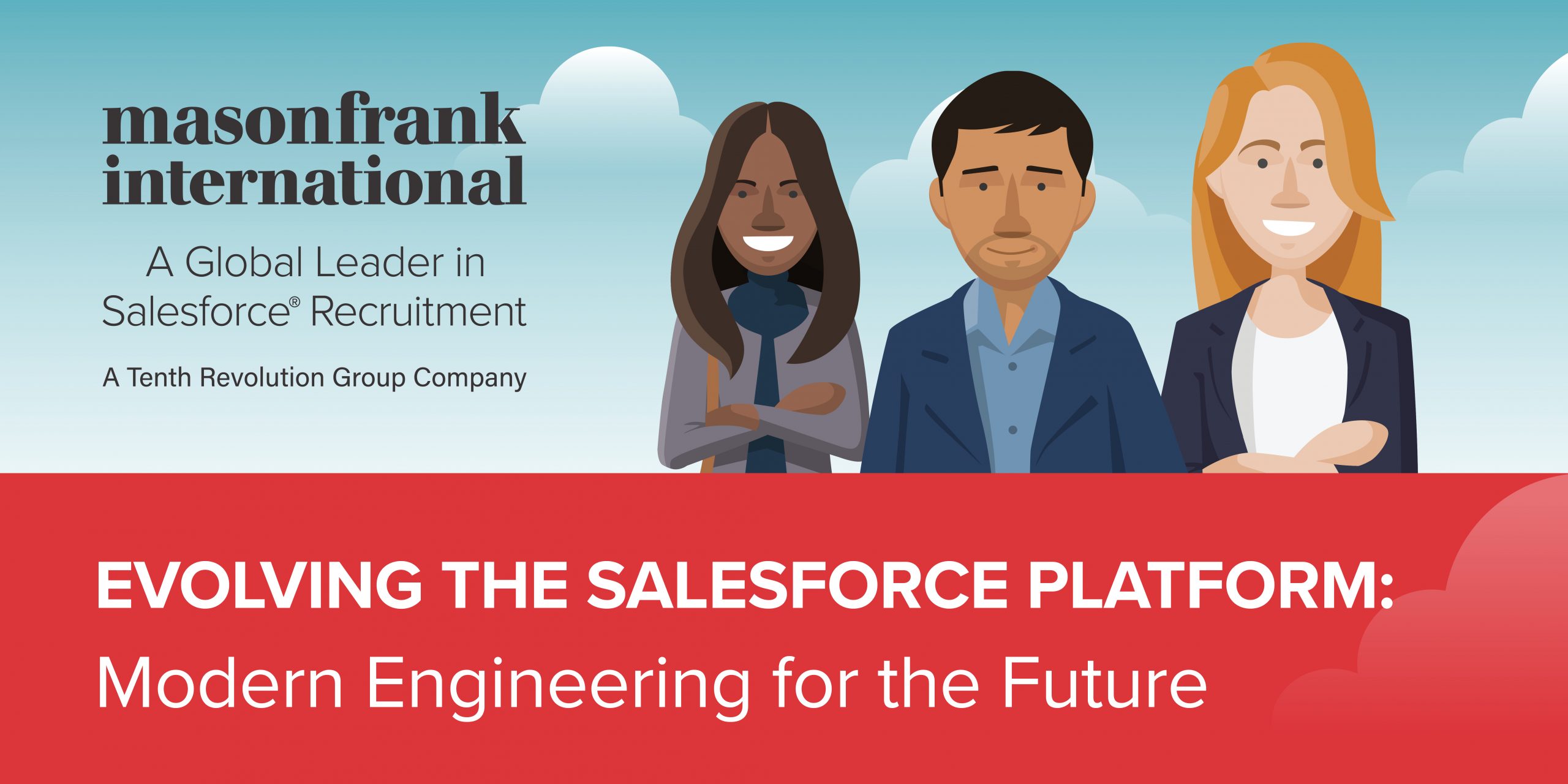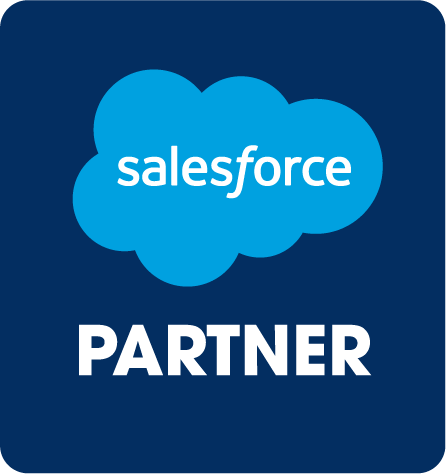
For around 150,000 businesses, Salesforce is the central nervous system for sales, service, and customer data.
Yet, the demands on the platform have grown far more complex than a simple customer relationship management system.
Business leaders are pushing for faster releases, more robust security, and the agility to innovate at a continuous pace. The traditional methods of development and deployment, often reliant on manual change sets, are no longer sufficient.
This shift has given rise to modern Salesforce engineering, a new approach built on a trio of strategic pillars: Salesforce DevOps Center, Salesforce DX, and Hyperforce. Together, these tools and concepts are transforming the platform from a simple CRM into a sophisticated, scalable enterprise solution.
Salesforce DevOps Center: The bridge between Admins and Developers
Historically, a divide existed between Salesforce administrators who use a declarative, click-based approach, and developers who write code.
The DevOps Center is designed to bridge this gap, offering a centralized hub for managing the development lifecycle. It replaces cumbersome change sets with a more structured, automated system. By integrating with a source control system like GitHub, it ensures every change is tracked, versioned, and auditable.
This not only speeds up deployments but also significantly reduces the risk of errors and allows for better collaboration between different teams. For business leaders, this means faster delivery of new features and a more reliable, transparent release process.
Need Salesforce engineers fluent in SFDX, DevOps Center, and modular packaging? Mason Frank can help you scale your team.
Salesforce DX: A Developer’s modern toolkit
Salesforce DX (Developer Experience) represents a fundamental shift to a source-driven development model. Instead of treating a Salesforce org as the single source of truth, SFDX places code and metadata in a version control system.
This approach provides several key advantages. It allows developers to work locally using a command-line interface (CLI) and their preferred tools, such as Visual Studio Code. SFDX also introduces the concept of “scratch orgs”—temporary, disposable environments that can be spun up for specific development projects. These isolated environments eliminate conflicts and promote a more agile workflow.
The result is a development process that is more efficient, collaborative, and consistent, leading to higher-quality code and quicker innovation cycles.
Hyperforce: The next-gen foundation
Underpinning this new engineering approach is a significant architectural change: Hyperforce. This is Salesforce’s shift to a multi-cloud infrastructure, allowing the platform to run on public clouds like AWS, Azure, and Google Cloud.
For businesses, Hyperforce offers multiple benefits. It enables greater control over data residency, helping companies comply with local data protection regulations like GDPR.
The platform’s new architecture also delivers enhanced performance, security, and scalability. With Hyperforce, organizations can expand into new markets more rapidly and with confidence, knowing their Salesforce environment can scale to meet demand while maintaining robust security protocols.
Want to see how certifications and skills are shaping hiring? Explore our Careers & Hiring Guide.
What modern Salesforce development means for business leaders
Salesforce has evolved far beyond a simple CRM platform. With the rise of DevOps Center, SFDX, and Hyperforce, engineering teams now deploy, manage, and scale Salesforce with enterprise-grade efficiency.
For business leaders, this means:
- Faster innovation cycles: DevOps Center enables near-continuous deployment
- Reduced technical debt: SFDX encourages modular, maintainable code
- Global scalability: Hyperforce supports expansion into regulated markets
Modern Salesforce engineering is about moving beyond tactical updates and embracing a strategic, future-proof approach. By leveraging the structured deployments of DevOps Center, the agile development practices of SFDX, and the scalable, secure foundation of Hyperforce, business leaders can ensure their Salesforce platform is not just a tool for today, but a powerful engine for long-term growth and innovation.


